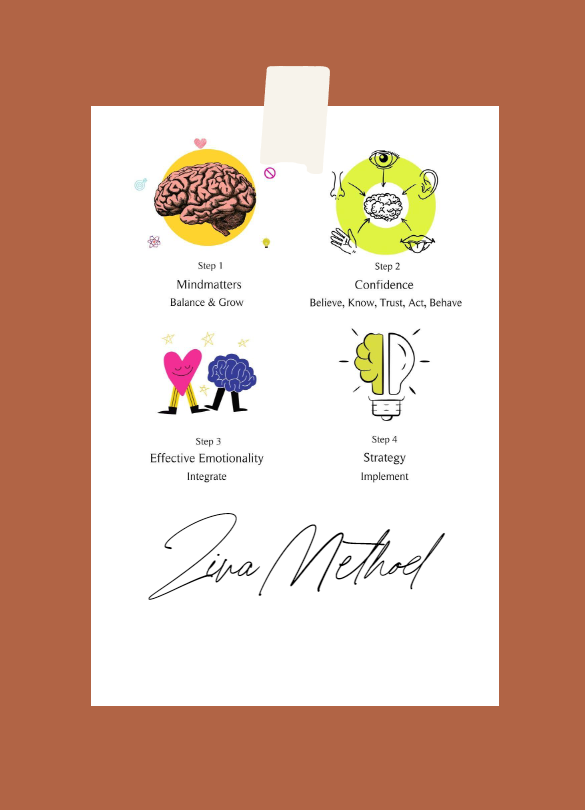How to stay motivated
- Motivation Killer
- The ‘Taking Responsibility Moment’
- How to Sustain Motivation and Drive
- Pressure & stress 🏋️♀️
- Too many repetitive tasks 📅
- Lack of energizing interactions 🗣️
- Family drama 🥴
- Financial stress 💸
- Health issues 🚑
- Lack of exercise 🏃♀️
- Lack of goals or vision 🎯
⏳ When Pressure Becomes Motivation
I also learned that pressure and stress can act as motivators and incentives, especially when they are self-produced. Let’s be honest: We often create stress ourselves by writing endless to-do lists📝, setting unattainable goals and timelines, or spinning stories about situations that really don’t matter. What if you turn it around?
I call this the ‘Taking Responsibility Moment’.
Taking responsibility for your thoughts, actions, and feelings means accepting yourself with all your strengths and weaknesses. The most challenging part of self-acceptance is tolerating yourself when things don’t go as planned and taking responsibility for your thoughts, which directly impact how you feel and how motivated you are.
In moments of distress, you have two choices:
- Go down the rabbit hole of negativity. 🐇
- Pause and figure out what I’m missing to stay motivated. 🧘♀️
For me, it’s usually a lack of connection.
This phenomenon is called Social Motivation—a learned psychological drive we develop through our upbringing. Social motivation helps us achieve our goals; without interactions, we lose motivation. Through connection, we stay motivated and find meaning in our work.
Of course, other factors like burnout, grief, lack of purpose, and poor physical health can also contribute to a loss of motivation, as mentioned before.
Whatever the cause, there are ways to stop yourself from spiraling downwards.
Practical Self-Development Tools
- Set a Clear Goal 🎯: Pick a small, specific goal that you want to achieve. It should be something realistic and achievable in a short time (e.g., completing a project, learning a new skill).
- Break It Into Steps 🪜: Imagine this goal as a ladder with 4–5 rungs. Each rung represents a mini-task or milestone. Focus on one step at a time. The key is to build momentum by accomplishing small, manageable tasks that move you toward your larger goal.
- Visualize Past Success 💡: Close your eyes and visualize a past success where you achieved something challenging. This helps you reconnect with the feeling of capability and reinforces the belief that you can succeed again.
- Take Action 🚀: Start working on the first step of your “success ladder.” Each time you complete a task, take a moment to acknowledge your progress. Celebrating small wins reinforces your belief in your ability to succeed.
By progressing through the ladder, you’ll gradually strengthen your self-efficacy through visible, manageable accomplishments!
3. Additional Resources:
01

Podcast Suggestion
why listen?
This Podcast Is Perfect For You To Get Inspired And Motivated To Do The Hard Things In Your Life. Each Guest Is A Very Successful Person Who Shares A Story You Won’t Find In Their Bio! These Are Stories Of FAILURE – Not To Glorify It, But To Humanize The True Story Of Success
Bi-Weekly Book Recommendation
Bi-weekly book recommendation
Get Your Sh*t Together: How To Stop Worrying About What You Should Do So You Can Finish What You Need To Do and Start Doing What You Want To Do.
I hope you find this newsletter helpful. Please let me know what topics you would like to learn more about by simply responding to this email.
Thanks for your support!


















